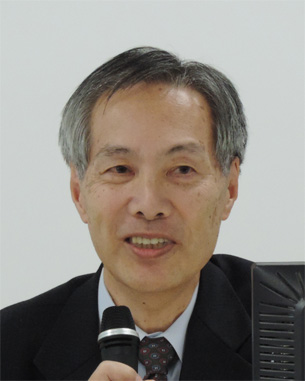
Shin Enosawa, DDS, PhD
From 2011 to 2016, worked as a project manager for the Highway Project, "Clinical research on human embryonic stem (ES) cell formulations for the treatment of congenital metabolic disorders giving rise to severe hyperammonemia", a research fund awarded to Dr. Akihiro Umezawa.
First‑in‑human trial of the treatment with human embryonic stem (ES) cell-derived hepatocyte-like cells for infantile urea cycle disorders
Shin ENOSAWA1, Akinari FUKUDA1, Mureo KASAHARA1, Akihiro UMEZAWA1.
1National Center for Child Health and Development, Tokyo, Japan
To evaluate the safety and assess the therapeutic efficacy of human embryonic stem cell-derived hepatocyte-like cells (HLCs) that have ammonia-removal activity, we conducted a first-in-human clinical trial (jRCT1090220412). HLCs (2.5 × 107 cells/kg) were administered into the liver of 5 patients with urea cycle disorder (UCD), aged between 2 and 58 days. The protocol did not restrict standard treatments, including the administration of nitrogen-scavenging drugs and/or hemodiafiltration. After the diagnosis was genetically confirmed, HLCs were infused into the left lateral segment of the liver via the umbilical vein twice on alternate days. Immunosuppression was administered using tacrolimus and steroids, at doses approximately half of those used for liver transplantation. Among the five patients treated, three showed a stable clinical course and did not require hemodiafiltration, including one patient who had undergone the procedure four times prior to HLC treatment. Patients were provided with the protein necessary for growth and reached a body weight of 6 kg, which is sufficient to safely undergo living donor liver transplantation, at 5 months of age. All patients underwent liver transplantation and have since demonstrated normal growth. Pathological examination of the recipients’ excised native livers revealed no overgrowth or tumorigenesis of HLCs, and no signs of rejection. Thus, HLC treatment successfully served as a bridge to liver transplantation without any fatal medical events or adverse effects.
The authors sincerely thank the patients and their families for their cooperation in this clinical trial..
[1] human embryonic stem cell
[2] SEES2
[3] hepatocyte-like cell
[4] urea cycle disorder
[5] intraportal transplantation
[6] clinical